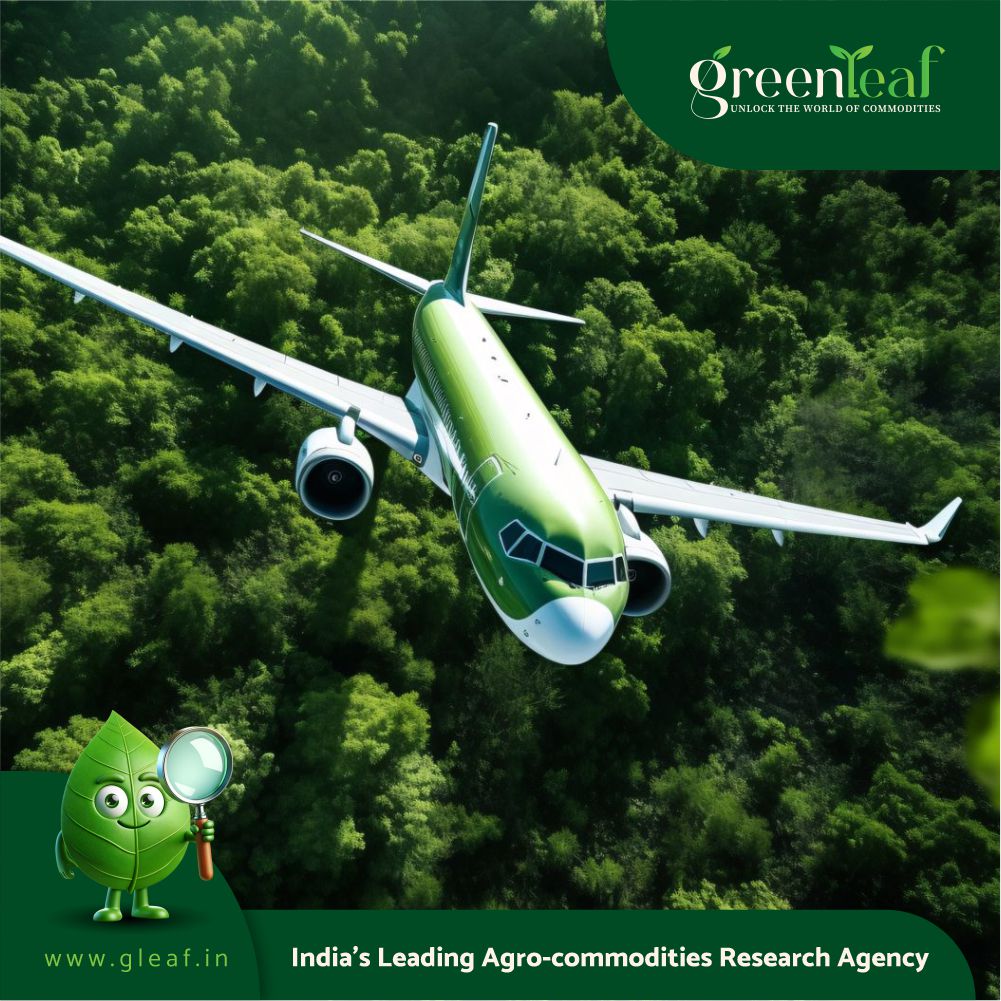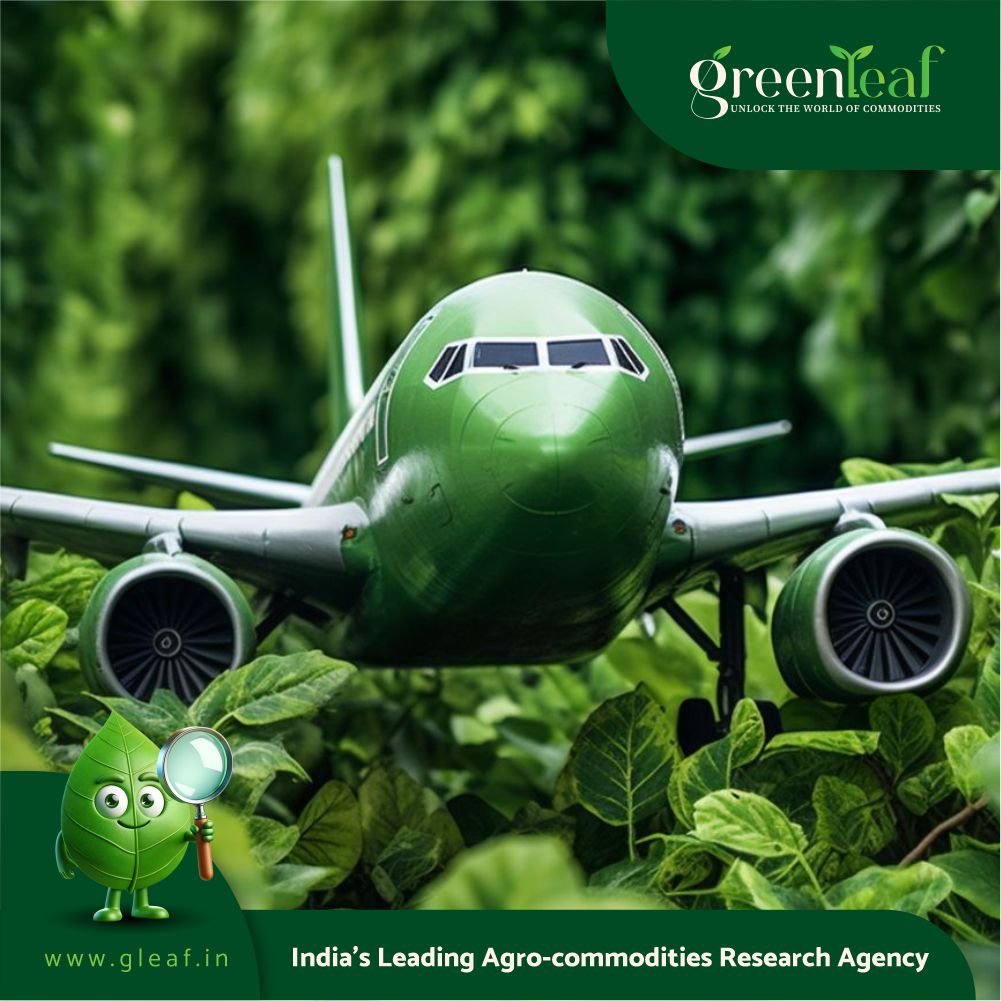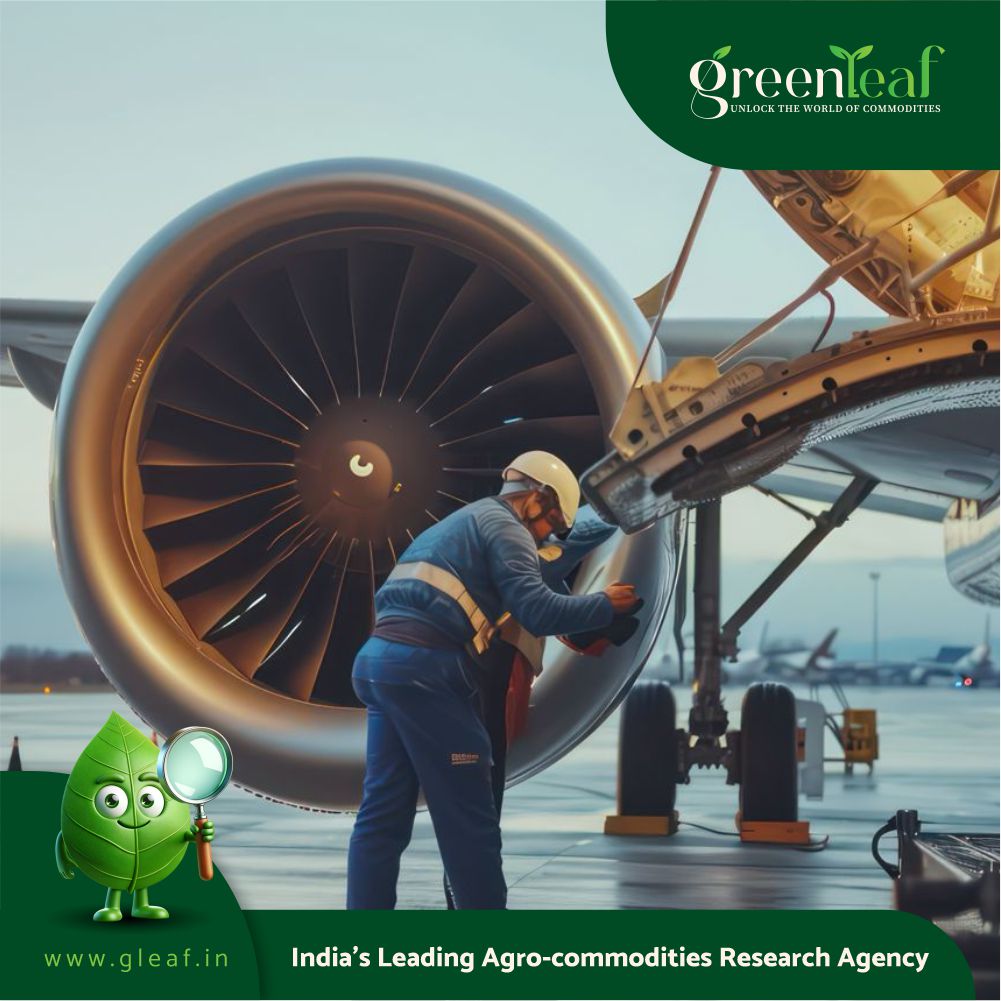US and Japan are driving the sustainable aviation fuel boom through strong airline commitments, government incentives, and advanced fuel technologies, pushing the market toward $5 billion by 2031.
The Sustainable Aviation Fuel (SAF) market is entering a dynamic growth phase as the aviation sector intensifies efforts to reduce its carbon footprint. DataM Intelligence reports that the market reached USD 586.4 million in 2024 and is projected to surge to USD 4,841.5 million by 2031, reflecting a compound annual growth rate (CAGR) of 35.2% during 2024–2031.
Airlines, fuel producers, governments, and technology innovators are increasingly aligning with aggressive net-zero targets, positioning SAF as a cornerstone of global aviation sustainability strategies.
Drivers of Market Expansion
Decarbonization Imperative
The aviation industry contributes approximately 2–3% of global CO₂ emissions. With tightening international climate regulations, SAF emerges as the most practical short-term solution to curb emissions without the need to replace aircraft or overhaul existing infrastructure.
Airline Sustainability Commitments
Leading carriers are securing long-term SAF supply agreements to meet corporate ESG objectives. Business aviation and corporate travel programs are also integrating SAF to align with sustainability goals.
Technological Advancements
Innovations across multiple SAF pathways—including HEFA (Hydroprocessed Esters and Fatty Acids), alcohol-to-jet (ATJ), Fischer–Tropsch (FT), and synthetic fuels—are enhancing production efficiency, lowering costs, and enabling scalable output.















